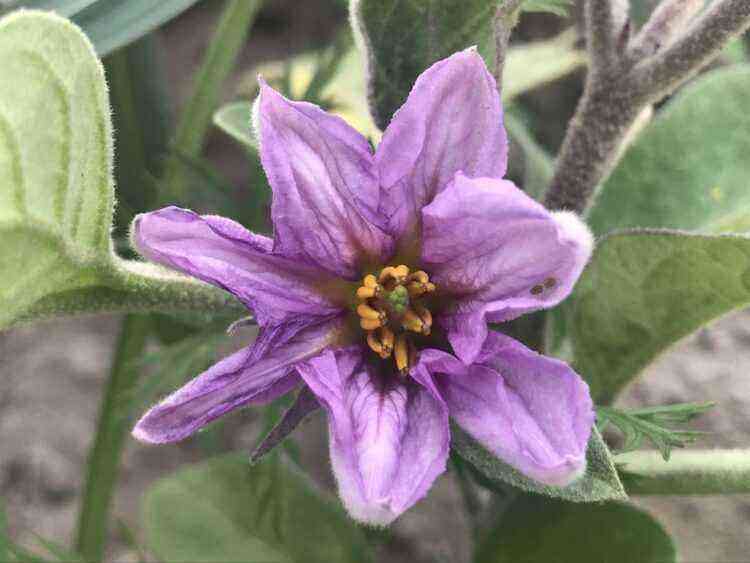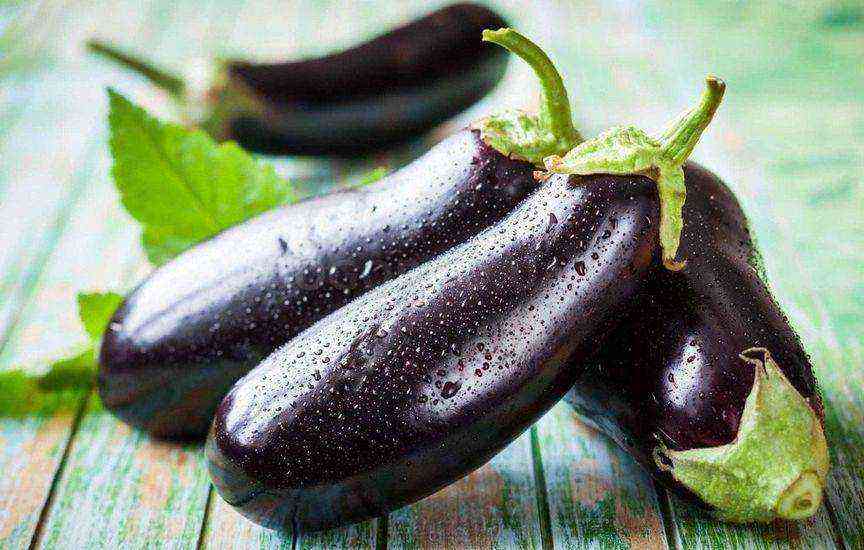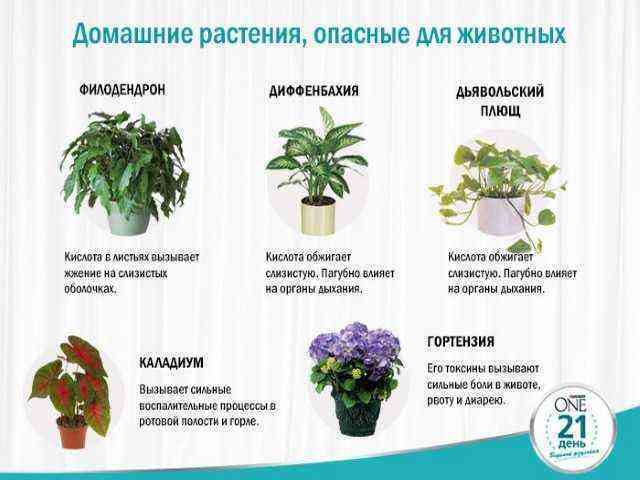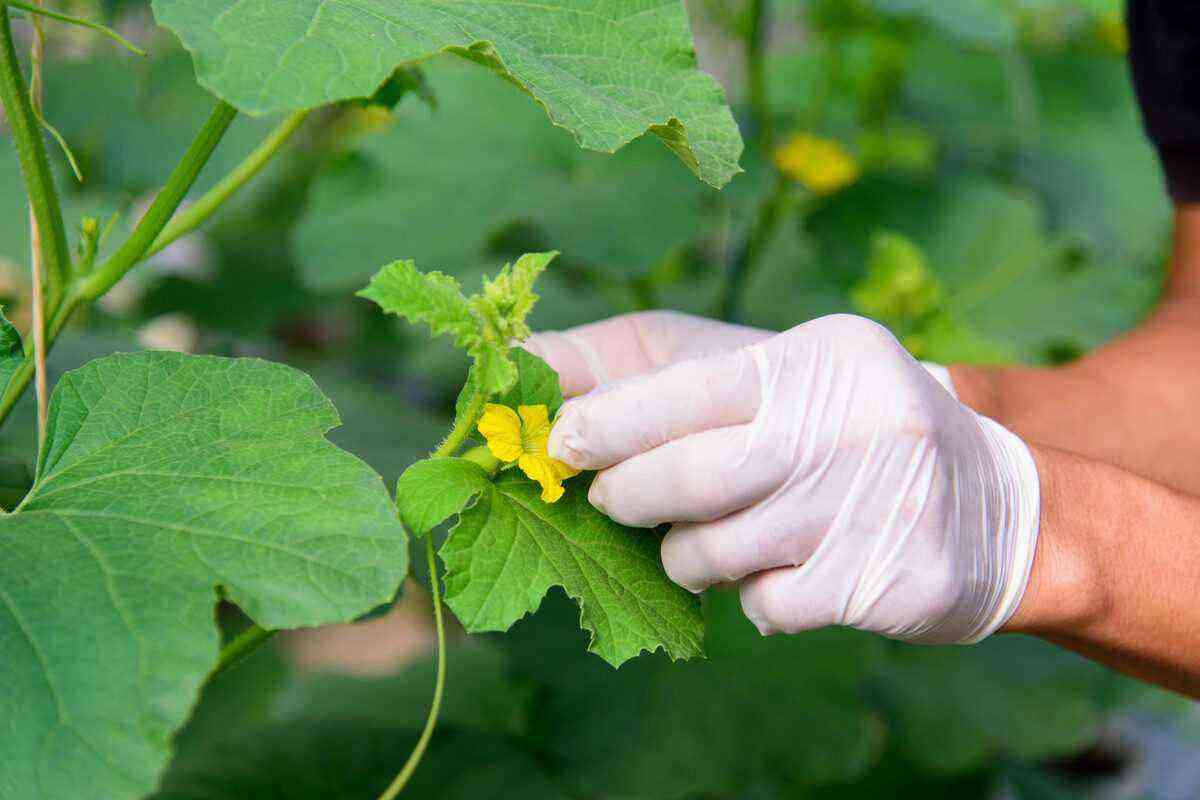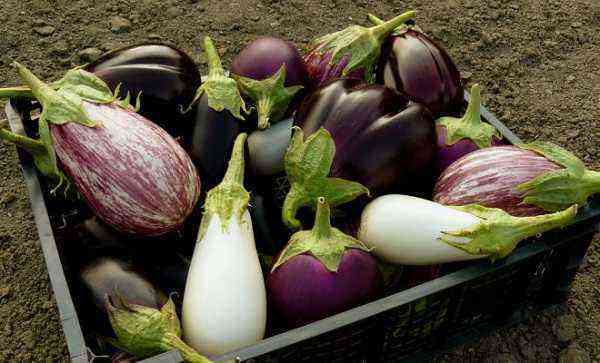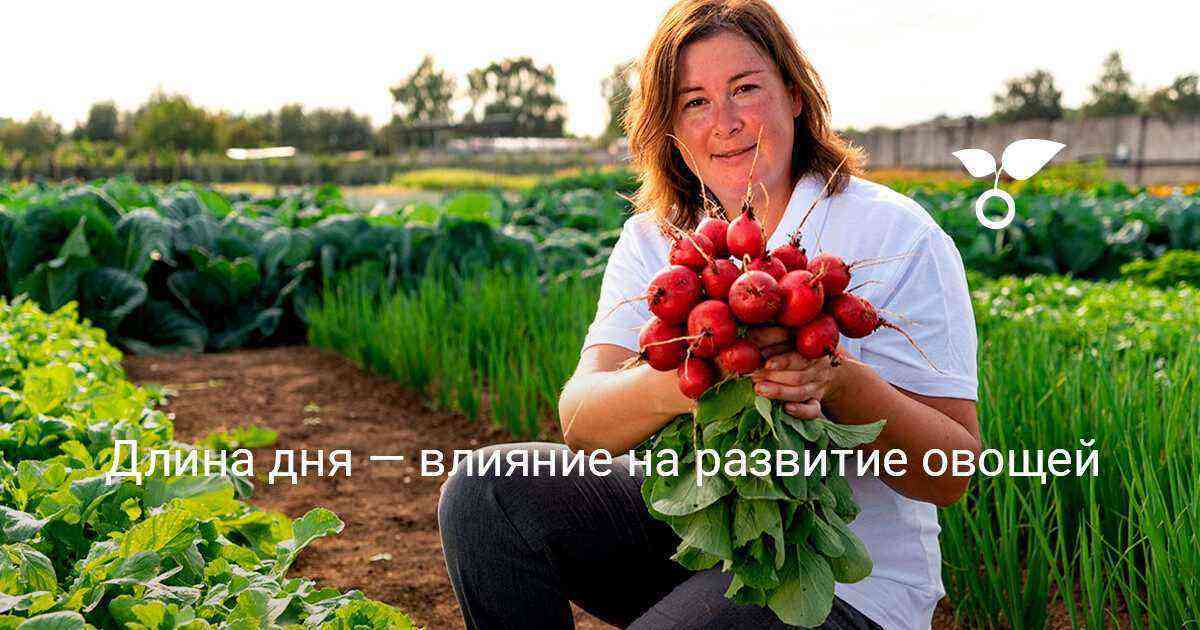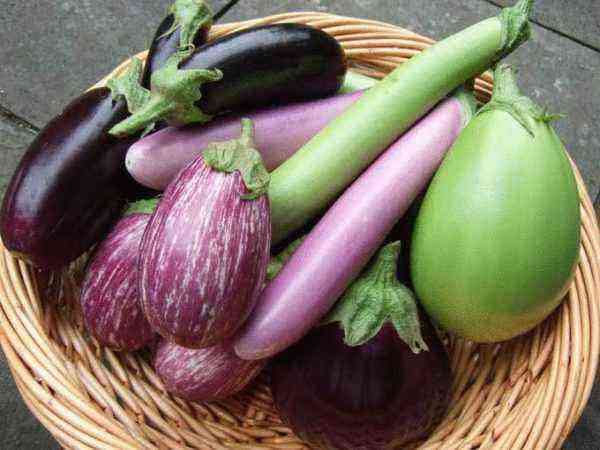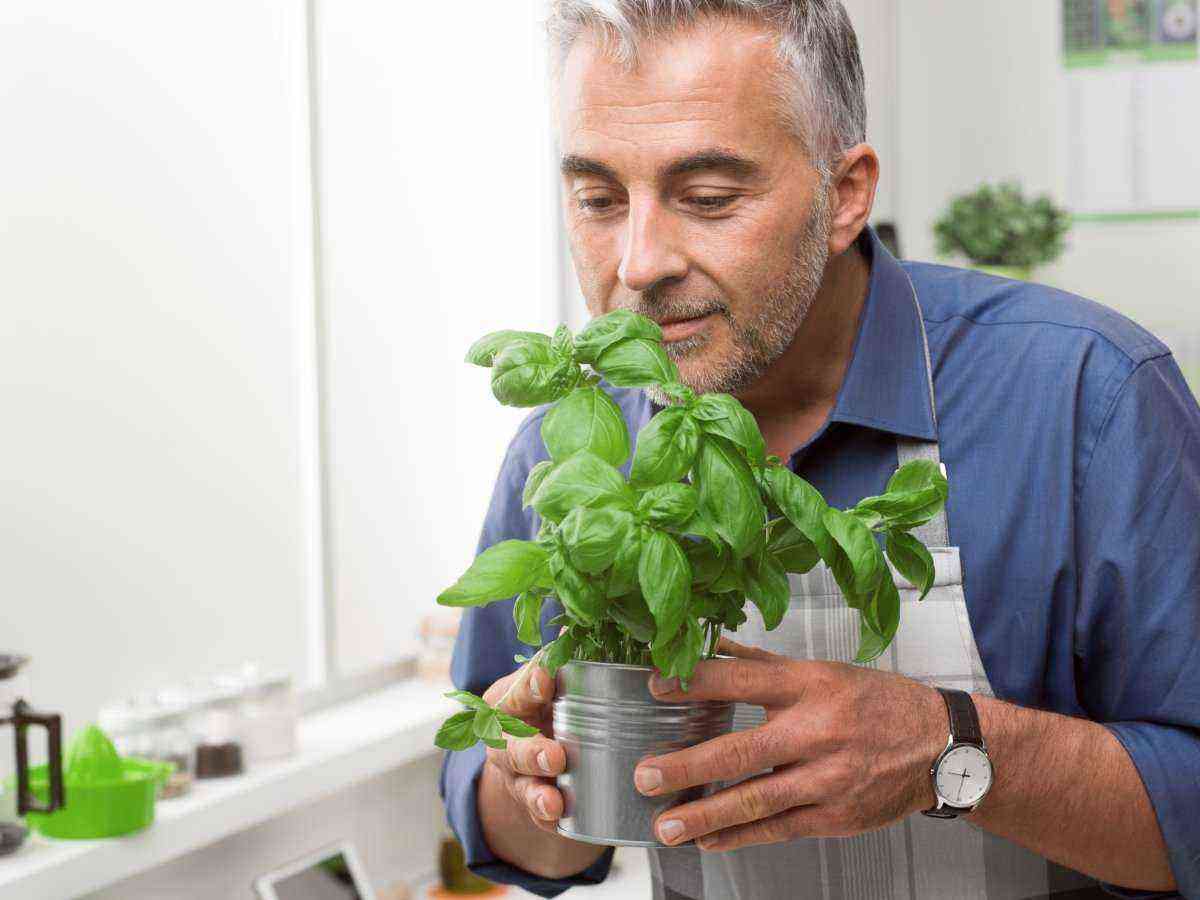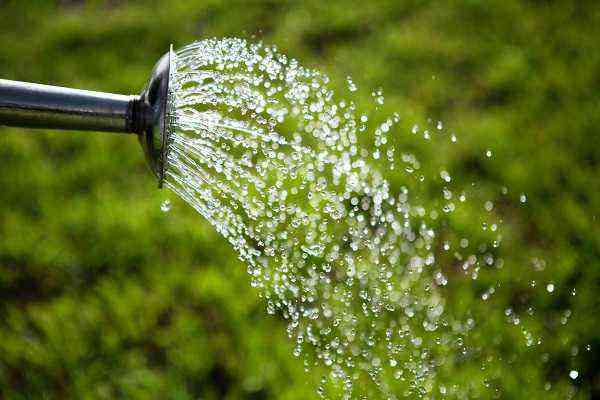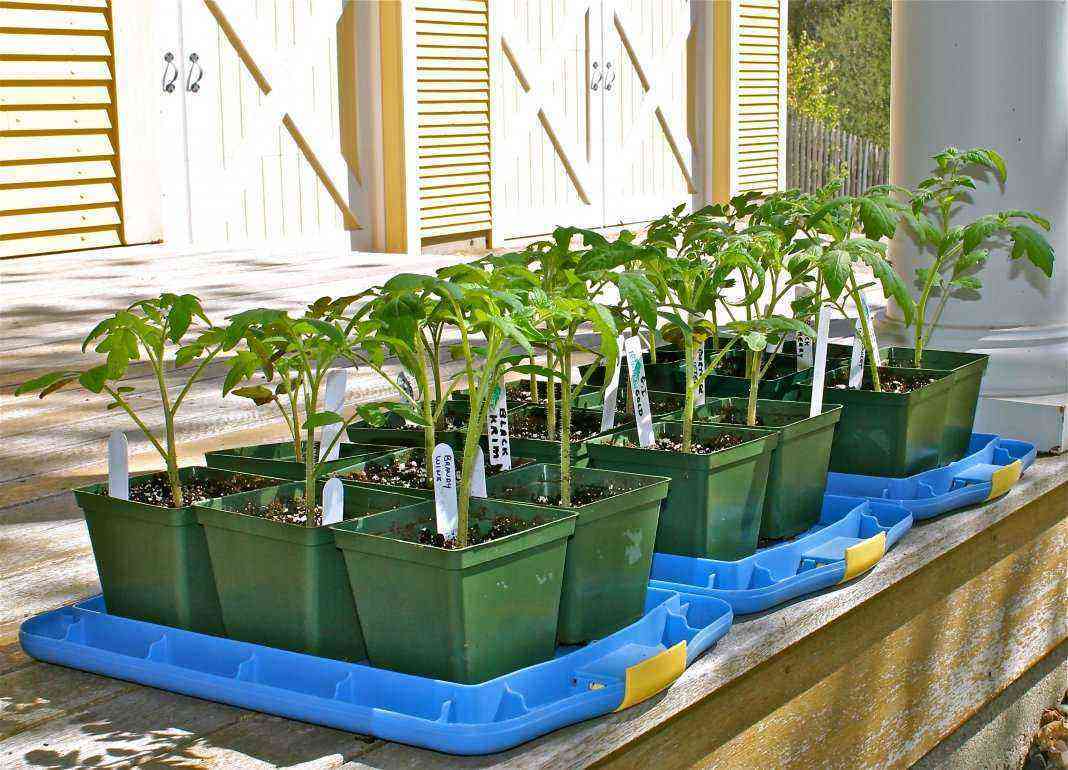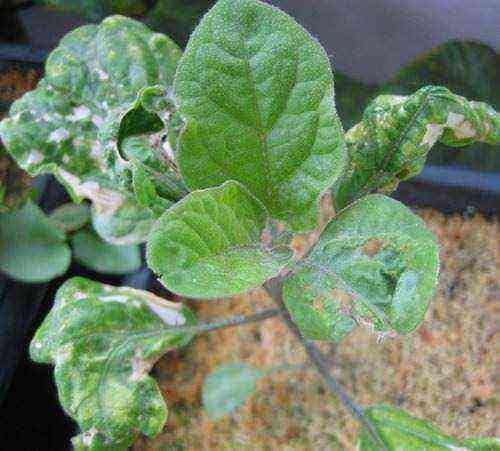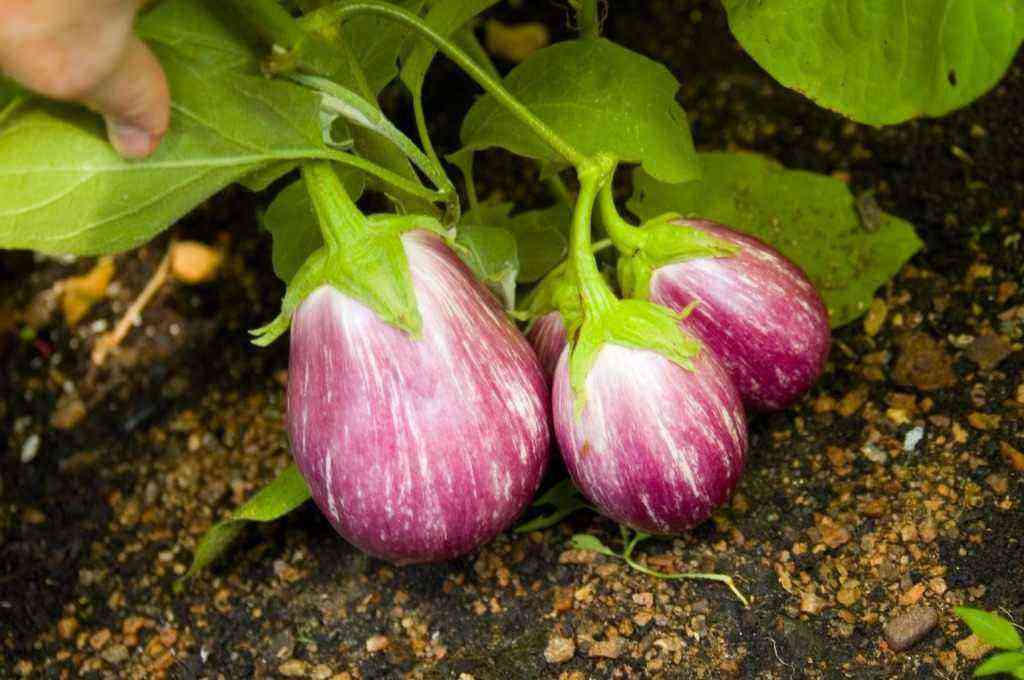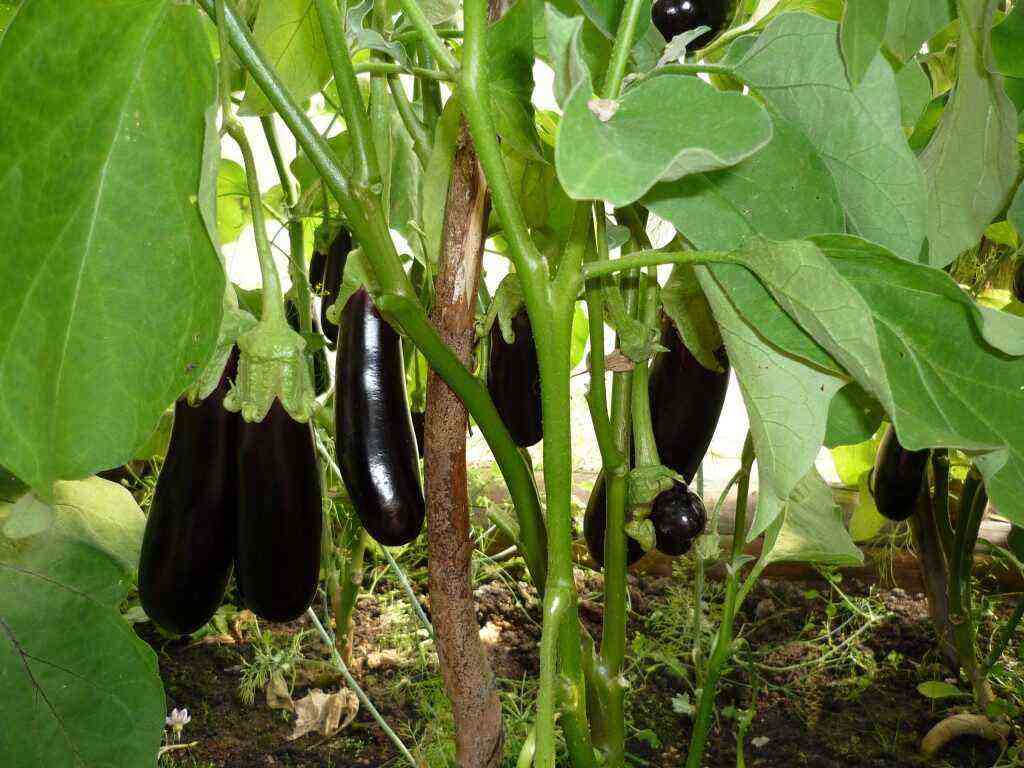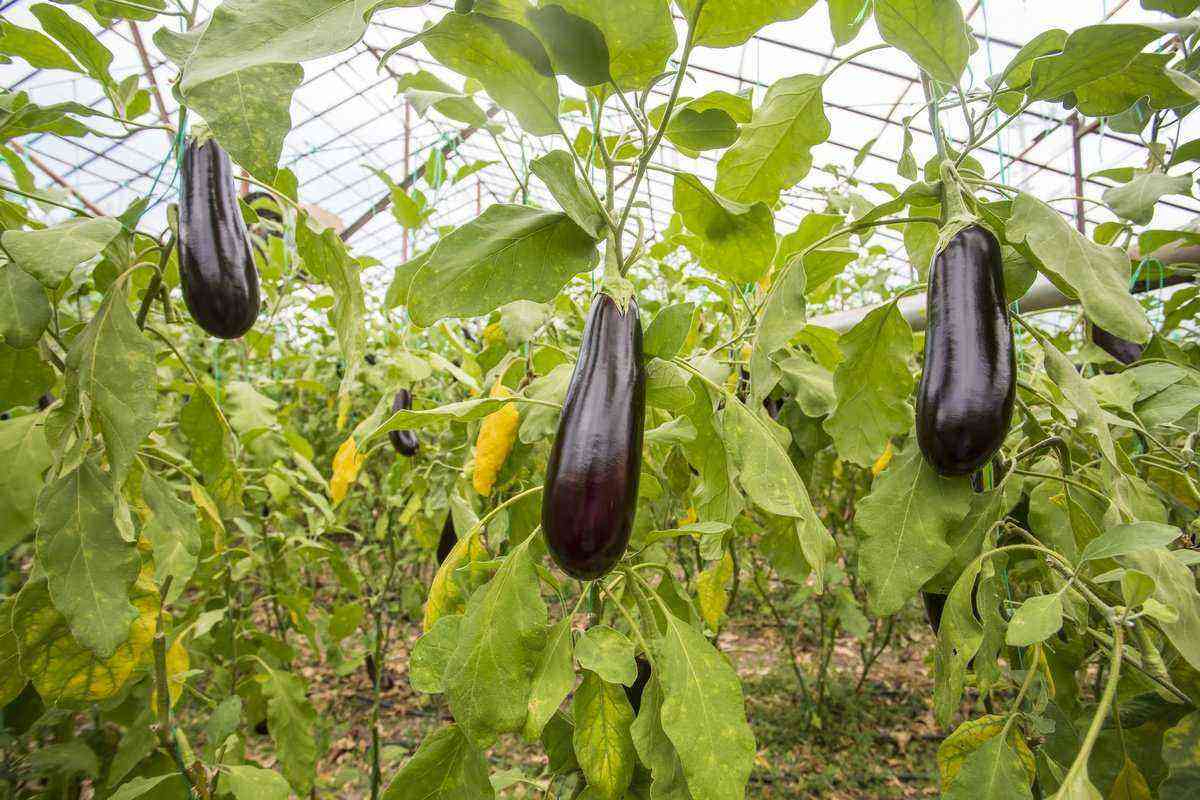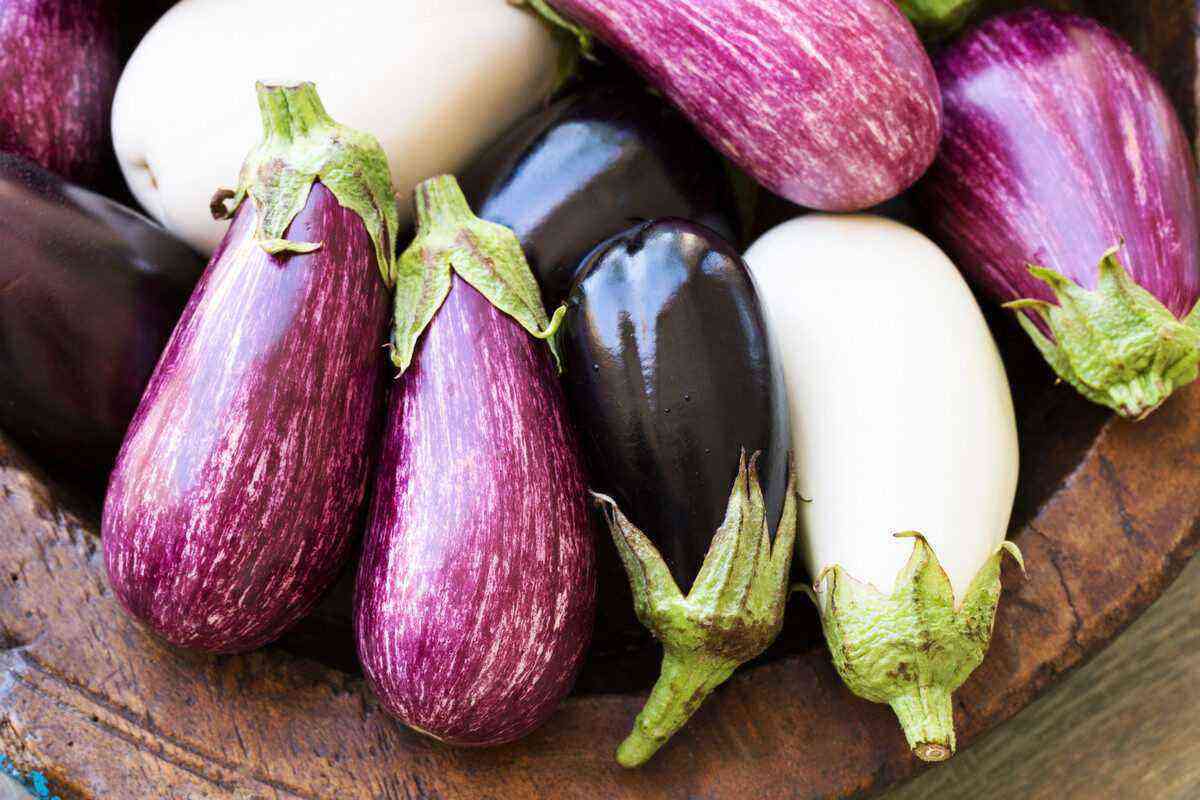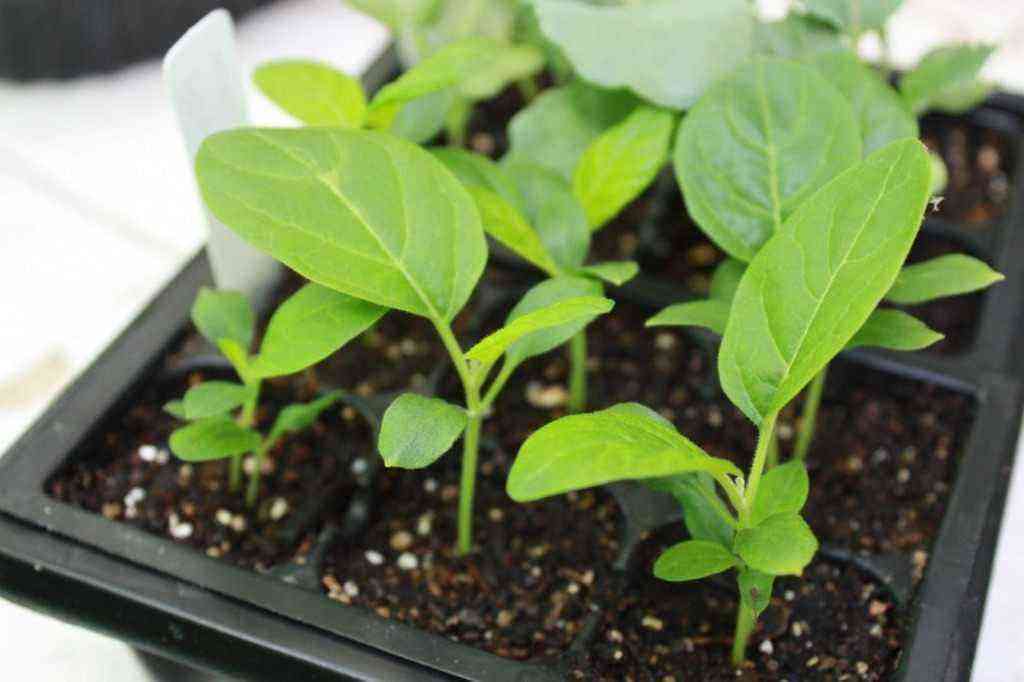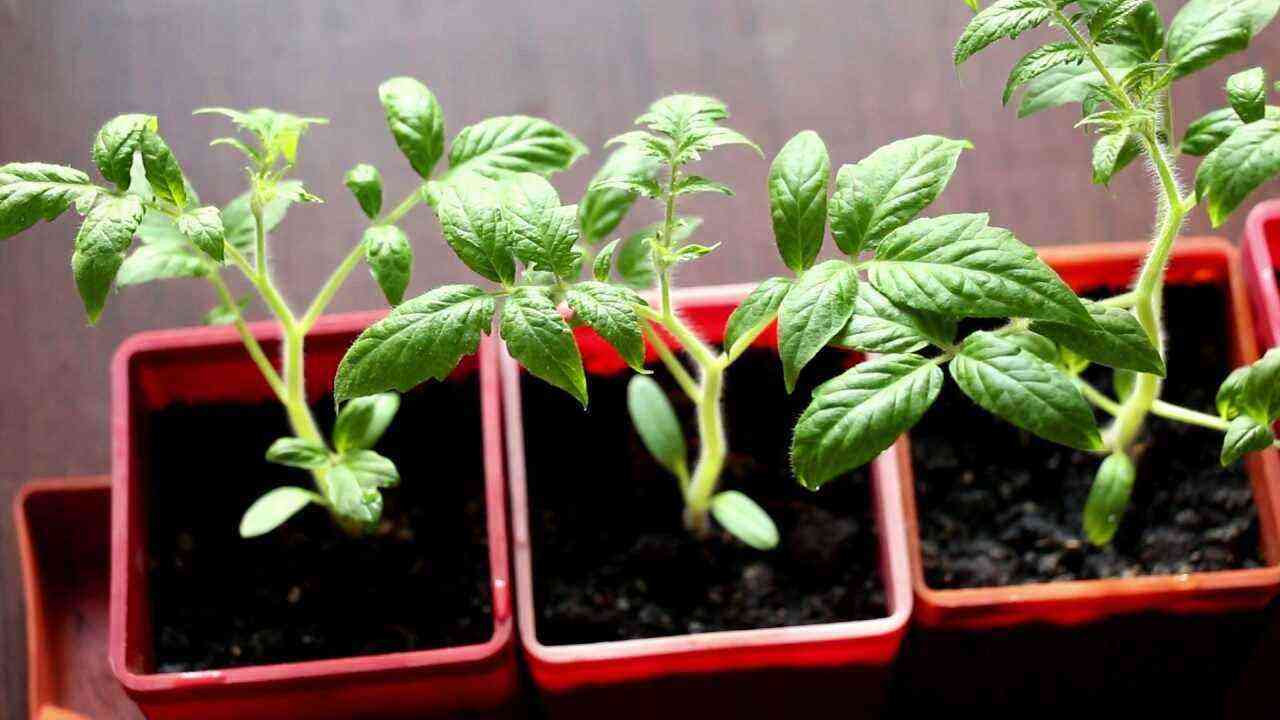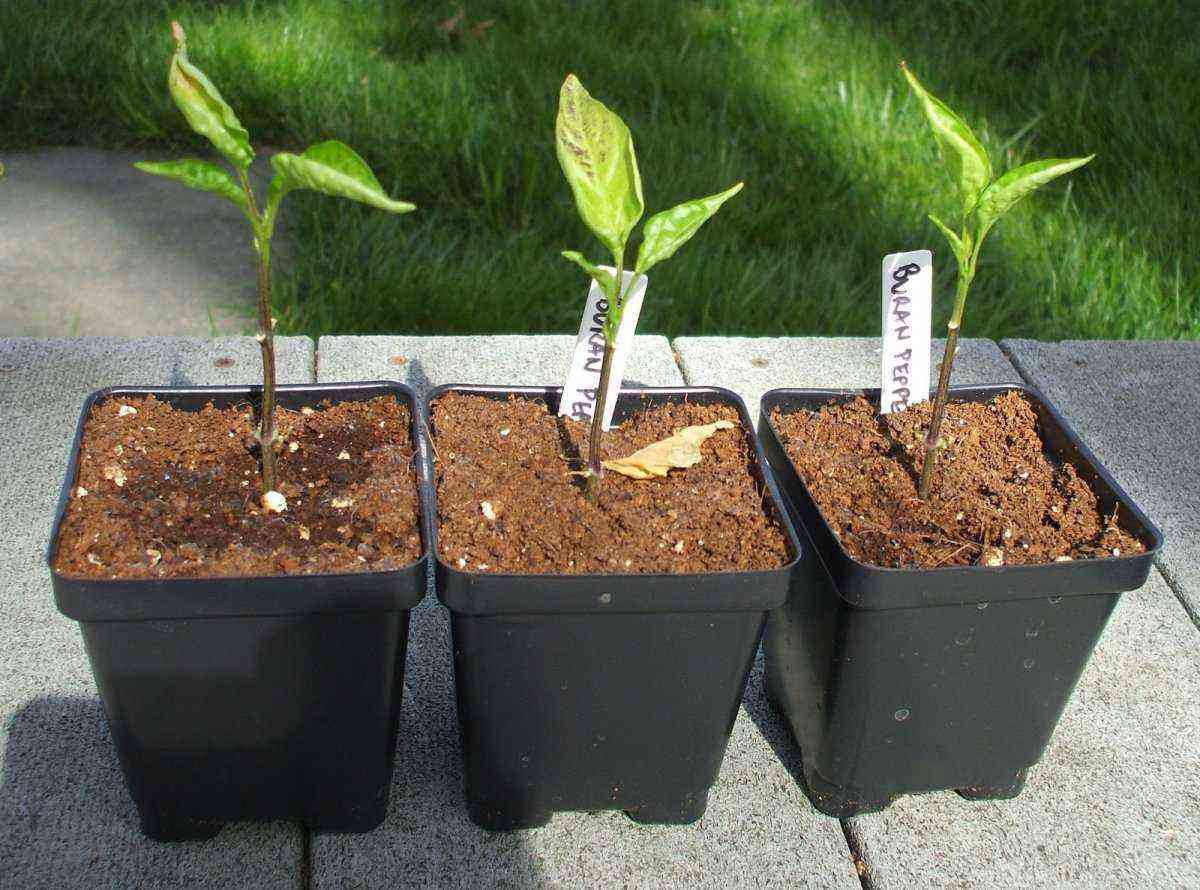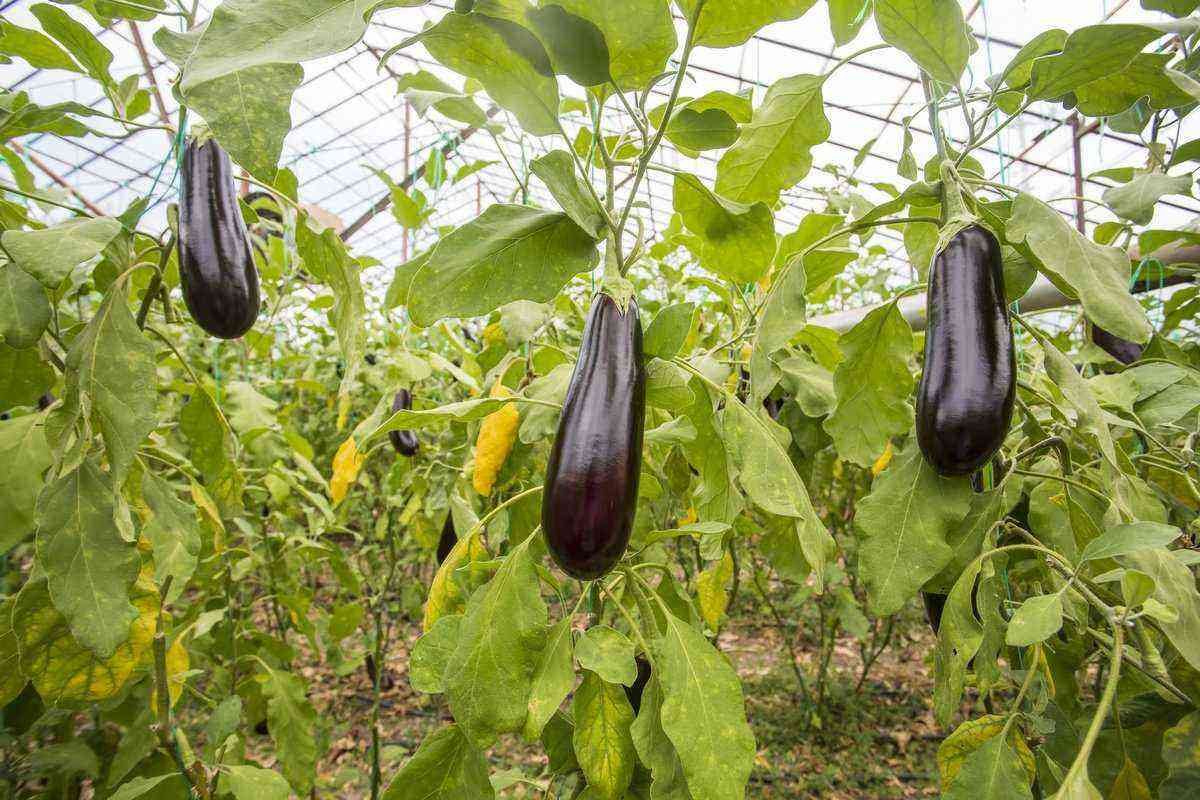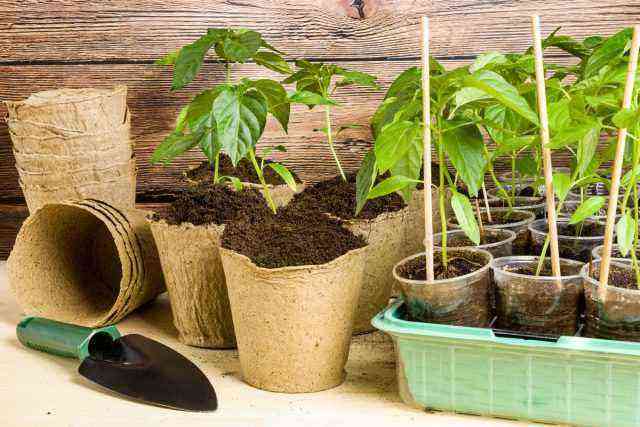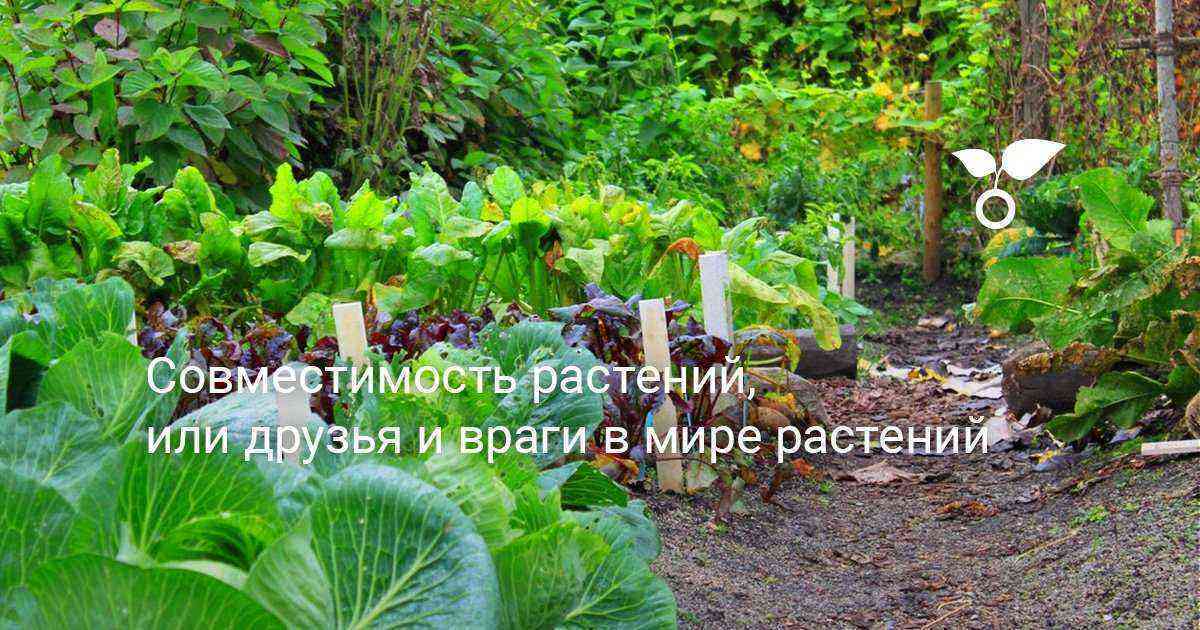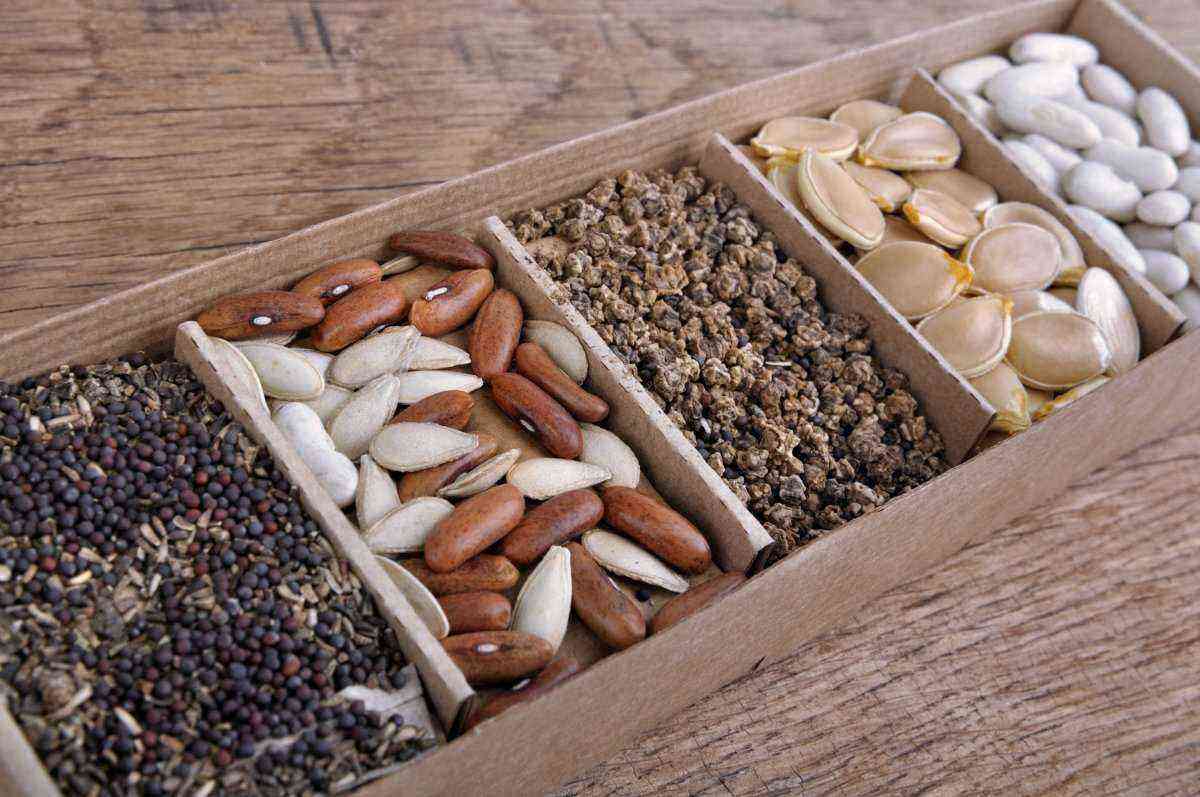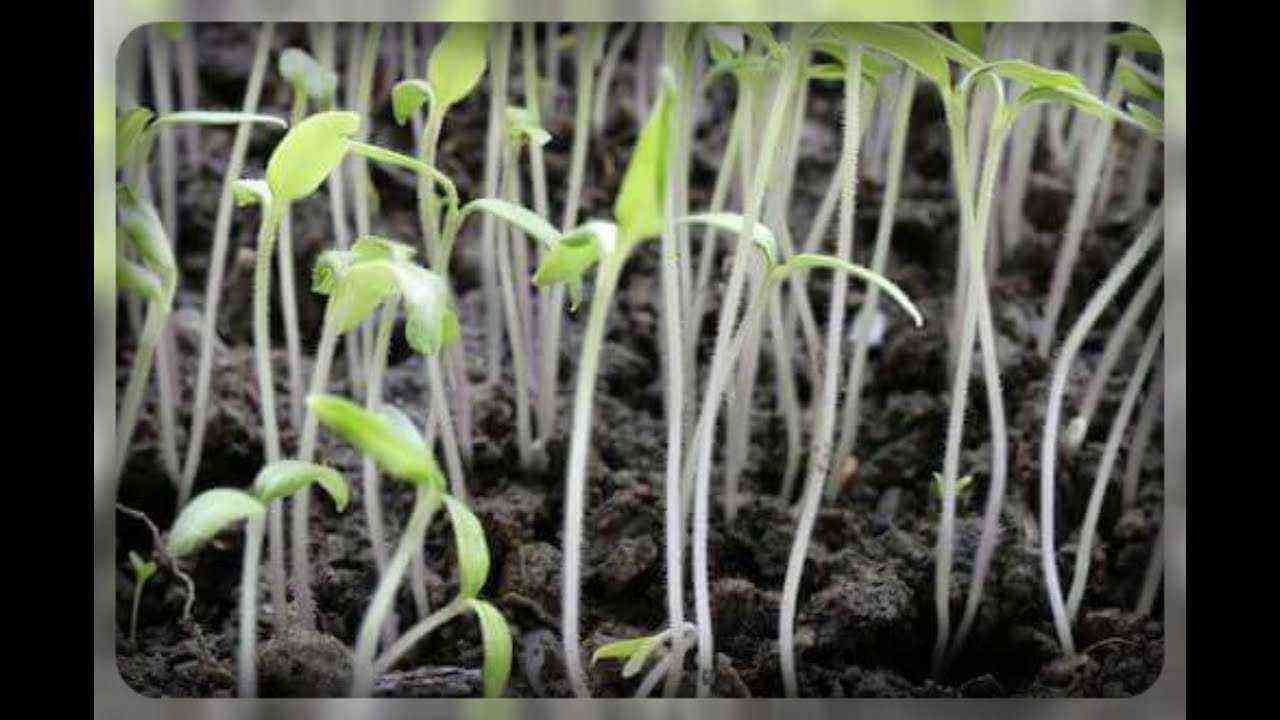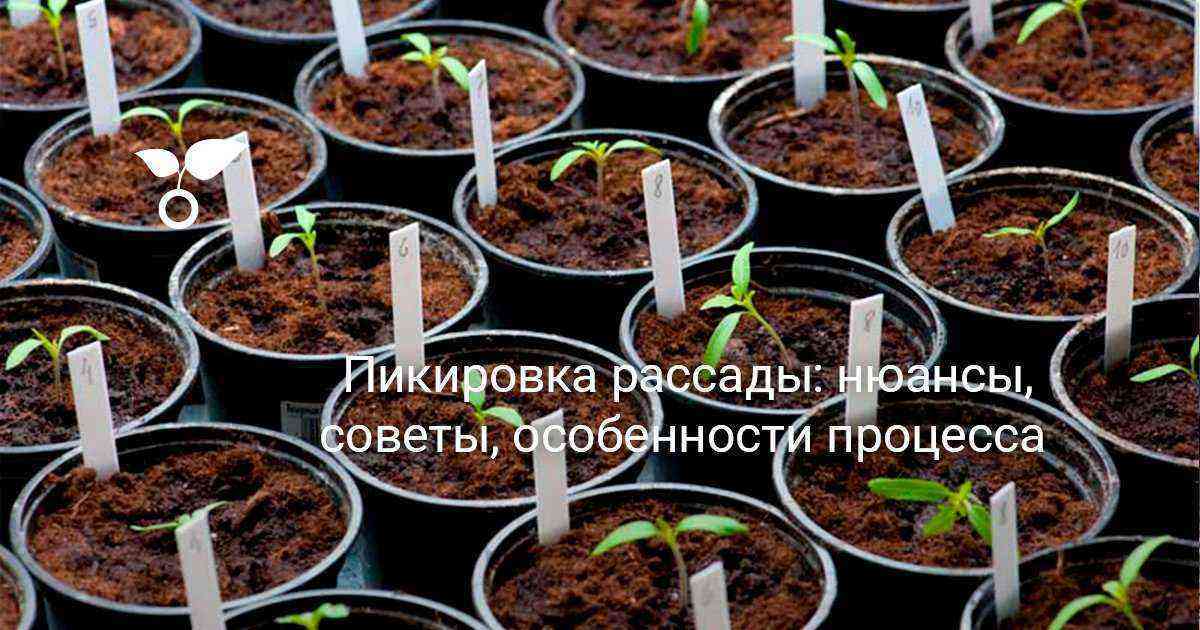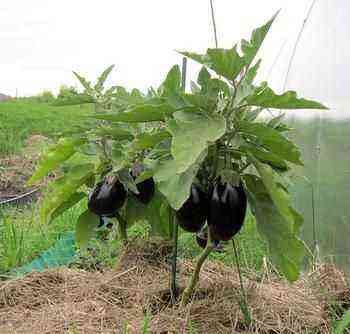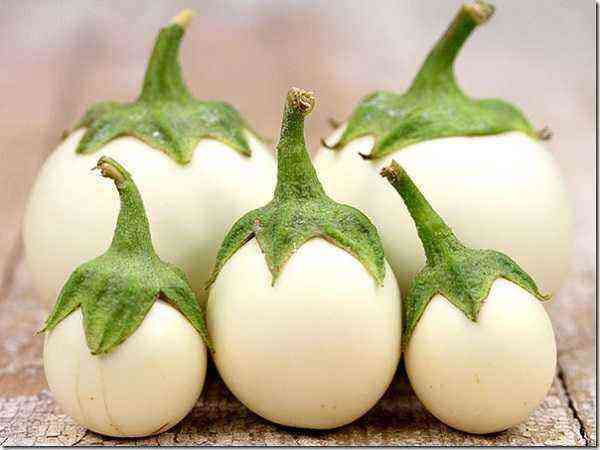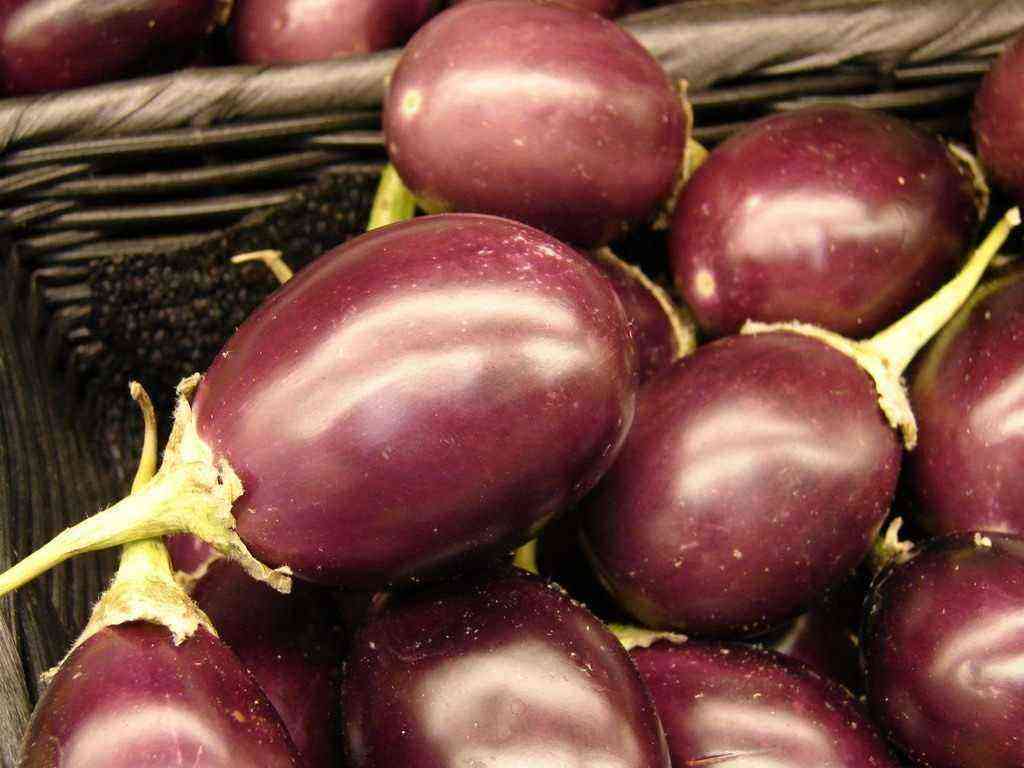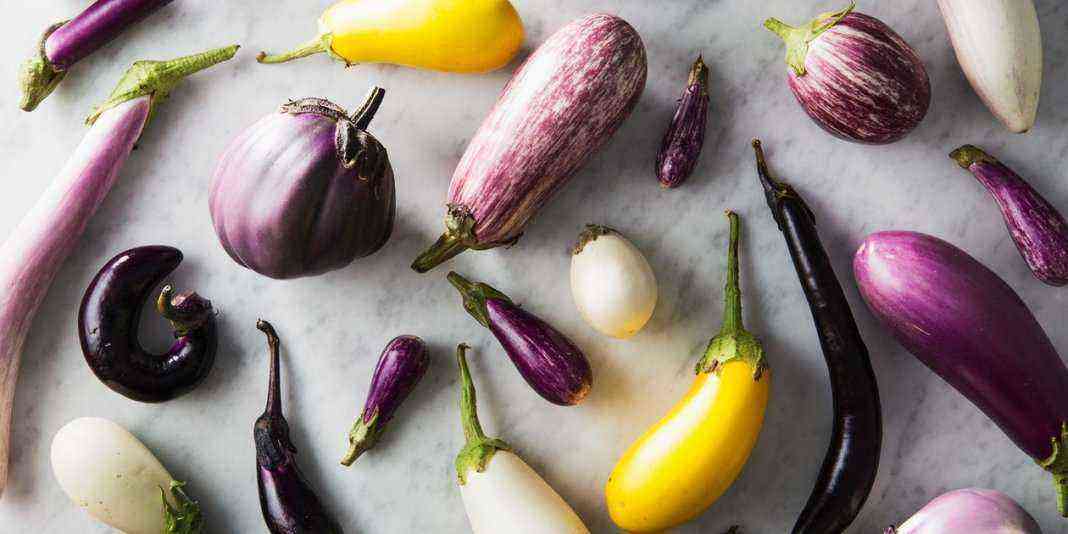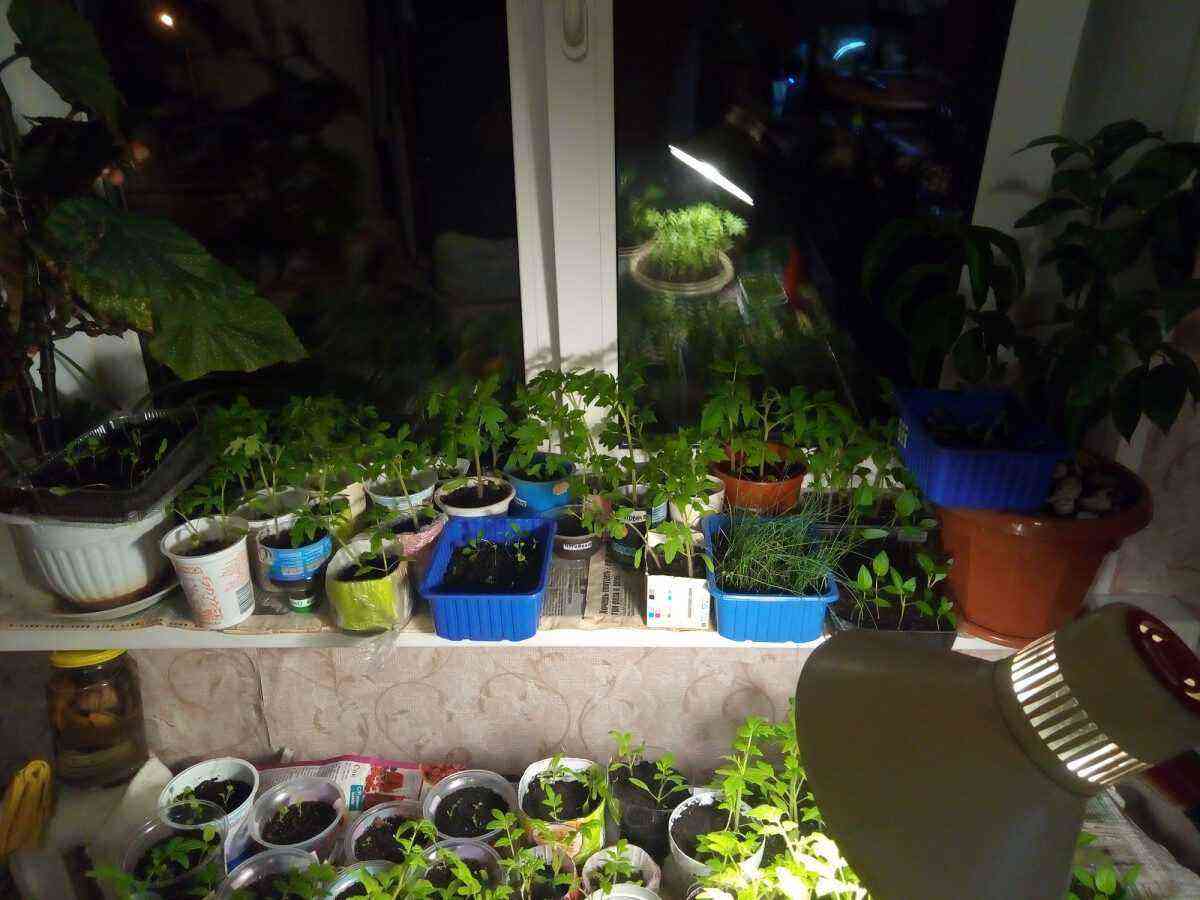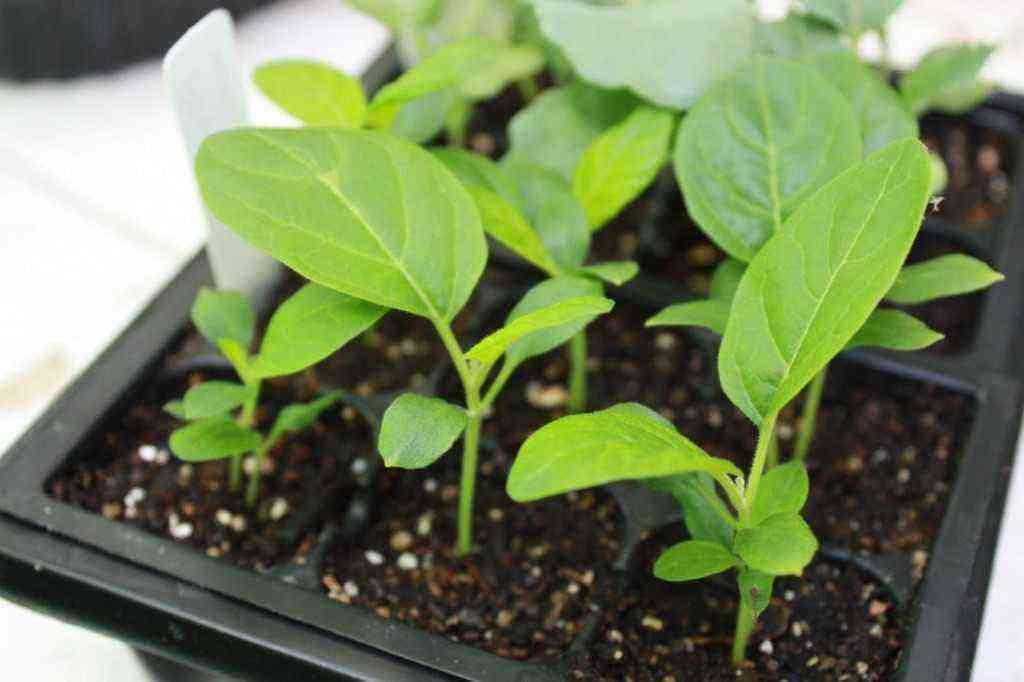In the south, eggplant is the “king” of cottages and vegetable gardens. In the middle lane, vegetable growers are increasingly introducing eggplant as one of the main vegetables for growing in a greenhouse.
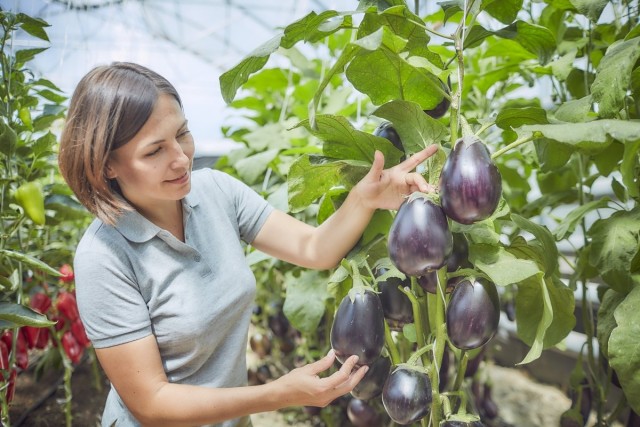 Eggplant – a longevity vegetable
Eggplant – a longevity vegetable
Interest in culture is growing for good reason: amazing in shape and incredibly useful in properties, eggplant has dietary and medicinal qualities, is rich in fiber and mineral salts. It is important to note that eggplant normalizes fat metabolism. It is not for nothing that in the East it is called the “vegetable of longevity”. But also in cooking, it is popular as a delicacy product: caviar, sauté, grill – where only it is not used!
Agroholding POISK presents a diverse range of eggplant varieties and hybrids, designed for every taste, taking into account the peculiarities of its preparation.
So, for the preparation of caviar, fleshy fruits of a round or pear-shaped shape are more suitable. Such, for example, have Galich, Black Opal and Eskimo F1. And for sauté, elongated cylindrical fruits are needed, such as those of the Khalif and Samurai Sword varieties. For grilling, green-fruited varieties were specially created. They contain more sugars, which, caramelized at high temperatures, give the product a unique taste. Suitable for grilling and varieties such as Dessert Goliath and Eskimo F1. But for kebabs it is better to use cylindrical and elongated pear-shaped fruits with white skin and pulp, for example, Albion. Such fruits in the barbecue do not interrupt the taste and aroma of other products, which creates a harmony of taste and aroma of the finished barbecue. For salting, small-seeded large fruits with a small point are suitable: variety Black Opal, Galich, Arap, Black Handsome, Diamond F1. For harvesting eggplant for future use (freezing, drying), cylindrical fruits of the Khalifa, Samurai Sword, Albion, Goliath Dessert varieties are suitable.
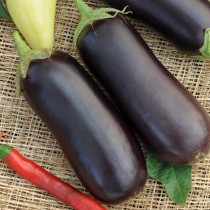 Eggplant “Galych”
Eggplant “Galych”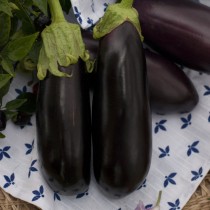 Eggplant “Black Opal”
Eggplant “Black Opal”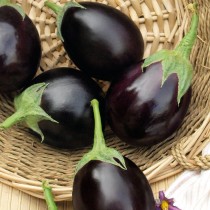 Eskimo F1 eggplant
Eskimo F1 eggplant
Eggplant is very demanding on growing conditions, both in open and protected ground. For this culture, such a disease as wilting is dangerous. Resistant varieties have not yet been developed. Therefore, they try to choose a more suitable predecessor. As a rule, these are pumpkin: cucumber, zucchini, squash or cabbage crops. In greenhouses, it is better to use green manure crops with incorporation – these can be rye, oats with peas or vetch.
Eggplant requires loose fertile soil. To create them on heavy and floating soils, organic matter is applied under the predecessor in doses of 30–40 t / ha, straw cutting, sawdust, husks, etc. are plowed in. Biological preparations planriz, alirin, trichodermin and others, which must be applied in accordance with the recommended regulations from growing seedlings to planting in the ground. It is not advisable to use organic matter directly under the crop; it is better to use mineral fertilizers here. Since autumn, it is cheaper to use ballast fertilizers such as azophoska for plowing or milling, and after planting and when growing seedlings, it is better to use complex water-soluble fertilizers such as Master, Polifid, Aquarin, etc.
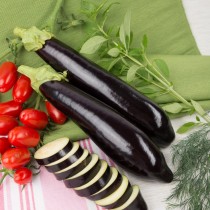 Eggplant “Dessert Goliath”
Eggplant “Dessert Goliath” Eggplant “Samurai Sword”
Eggplant “Samurai Sword”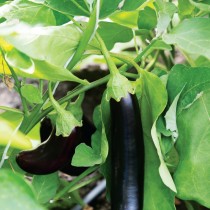 Eggplant “Khalif”
Eggplant “Khalif”
It is better to grow seedlings without picking, using only transshipment, so as not to damage young roots, which can become a gateway for infection.
The site for cultivation is chosen well-ventilated and lit, without stagnation of groundwater and soaks. Irrigation should provide uniform soil moisture and good drainage. It is better to return the culture to its original place in 4-5 years. Greenhouses need to use green manure, which has already been mentioned earlier.
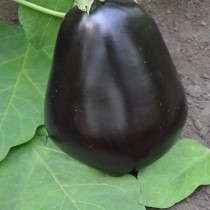 Eggplant “Black Beauty”
Eggplant “Black Beauty”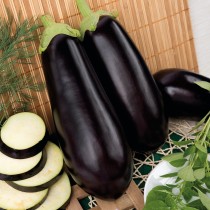 Eggplant “Diamond F”
Eggplant “Diamond F”
The main pests on eggplant are aphids and mites. For protection, you can use the biopreparation Fitoverm. The latest forms of this drug also suppress the Colorado potato beetle, which is also not averse to eating eggplant.
Modern varieties of eggplant do not have sharp thorns on the stalk and vegetative parts of the plant, which facilitates crop care and harvesting. Just keep in mind that the fruits must be harvested on time: overripe fruits lose their color, accumulate harmful bitterness and become rough and hard, the seeds in them become hard. The more regular the harvest, the higher the yield.
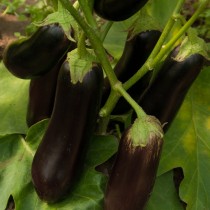 Eggplant “Arap”
Eggplant “Arap”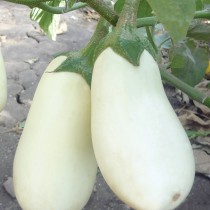 Eggplant “Albion”
Eggplant “Albion”
Compliance with the rules of agricultural technology, as well as the correct selection of the assortment for specific conditions and purposes of use, is the key to obtaining a high and high-quality eggplant crop! And using eggplant in home cooking means switching to a healthy lifestyle that ensures longevity!
VV Ognev, Head of the selection center “Rostovsky” Candidate of Agricultural Sciences. Sciences
